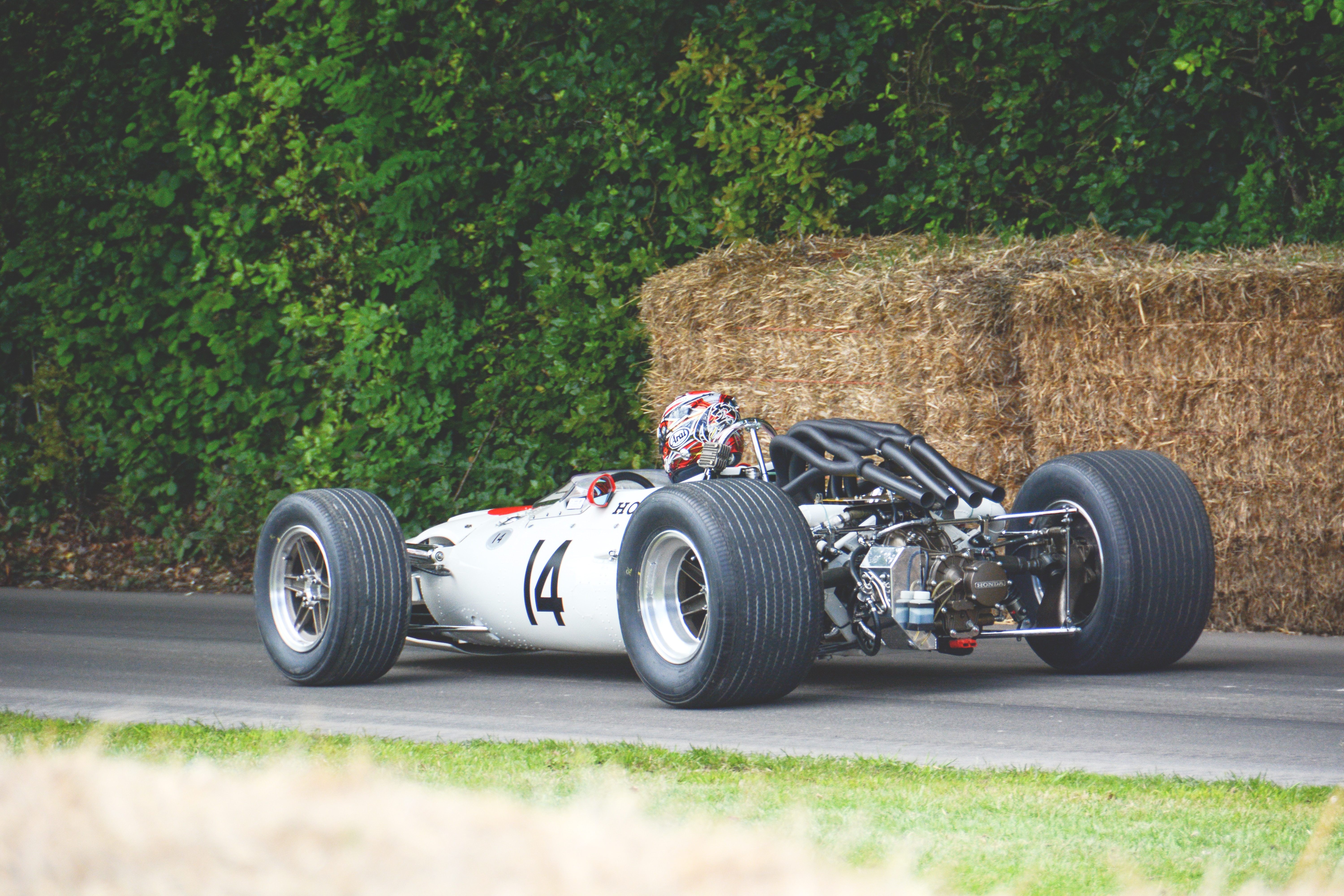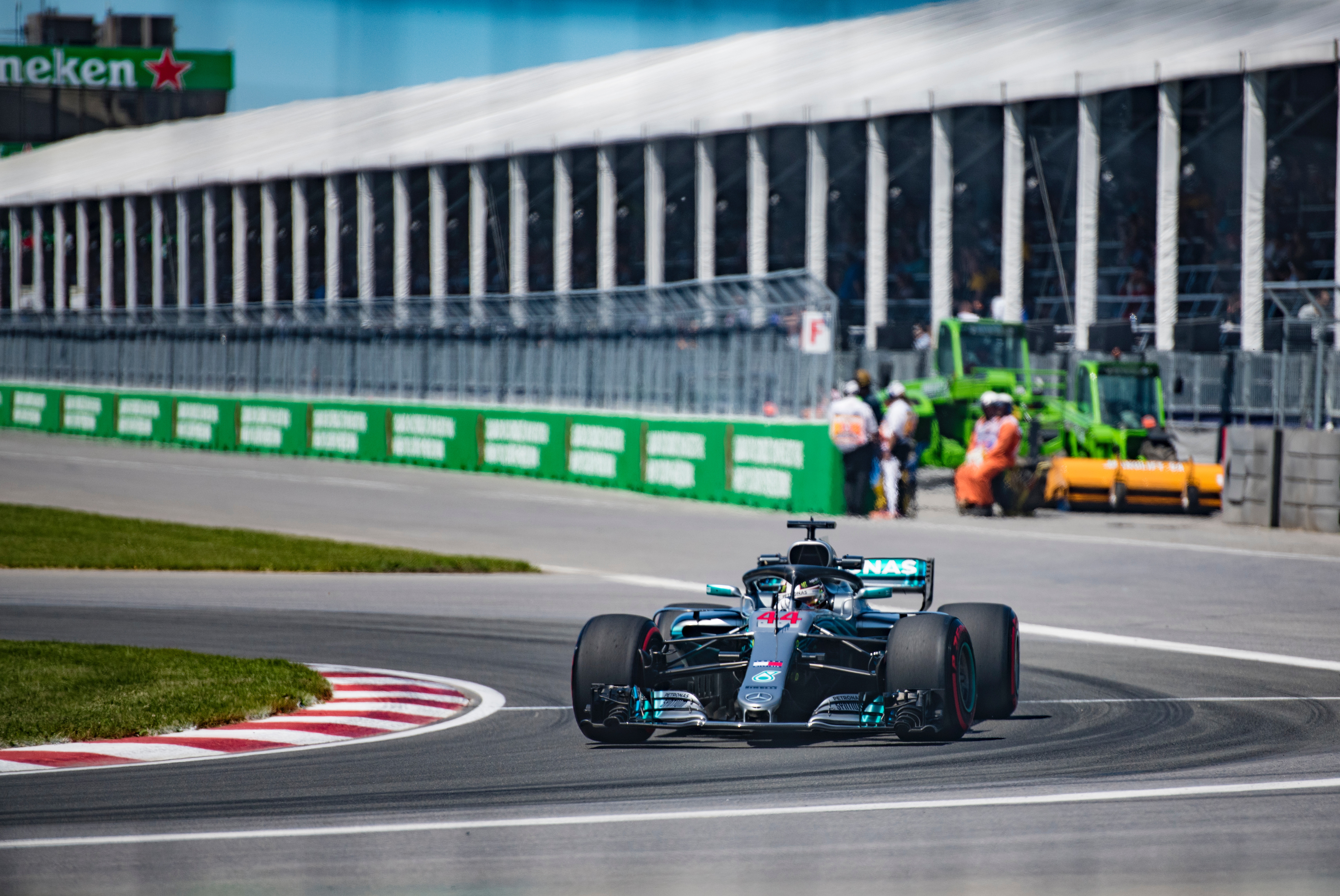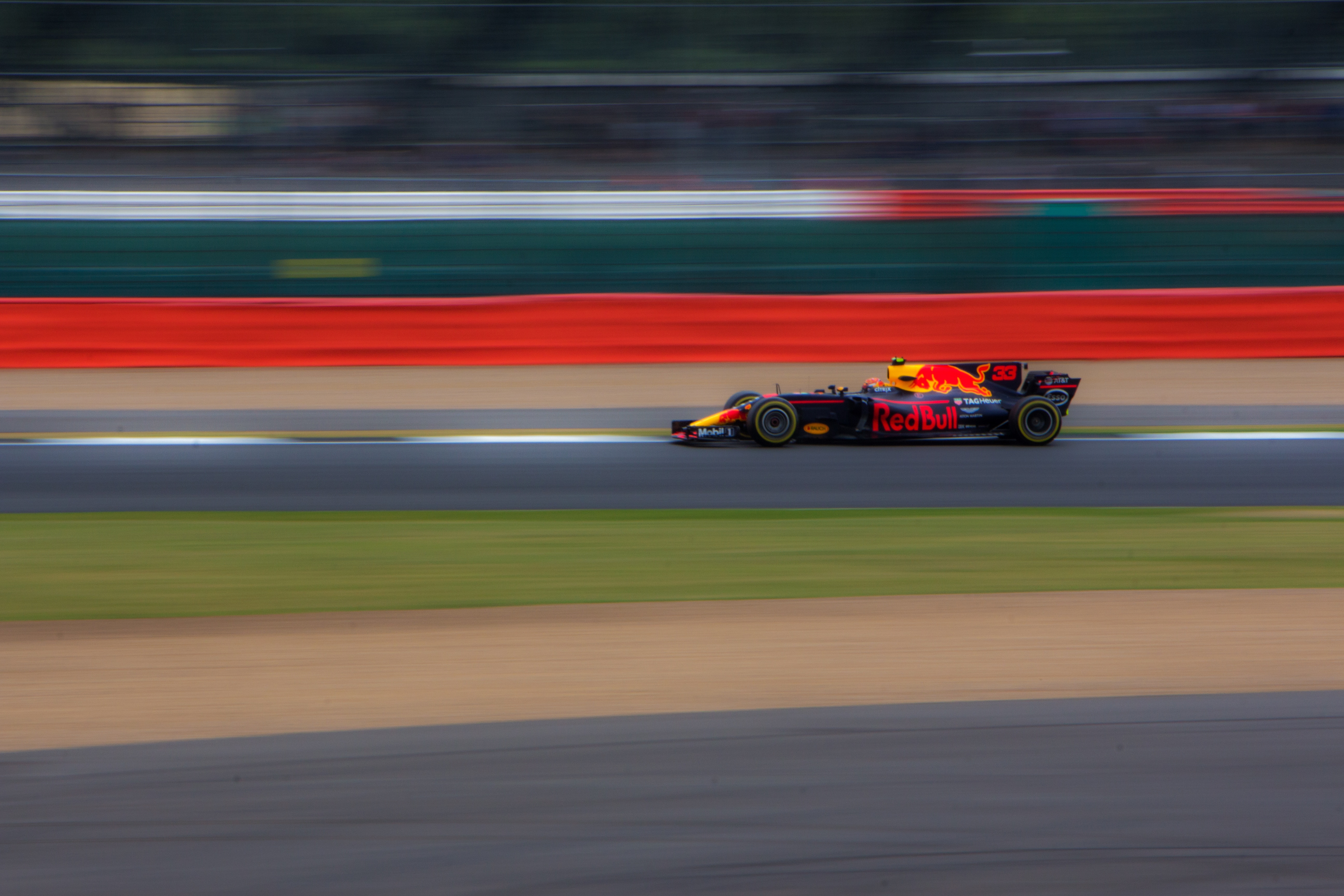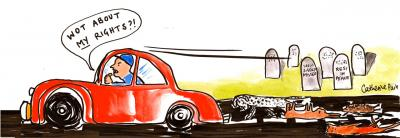It is April 1969 and the forthcoming Belgian Grand Prix has been cancelled following a boycott of the race by the Grand Prix Drivers’ Association, an association made up of the best racing drivers in the World. Their boycott follows concerns that requests to install more crash barriers at the circuit in Spa have not been implemented and makes the circuit perilously dangerous. The boycott is just one in a series of disagreements between the drivers, the owners of circuits and the governing body of motor racing regarding safety standards. It is a period where on average three of the best racing drivers in the World are being killed in accidents each year. Jackie Stewart, Formula One World Champion in 1969, 1971 and 1973, remembers that during his ten-year career in Formula One he attended funerals for over thirty of his fellow competitors.
 A Formula 1 car from the 1960s: notice how exposed the driver is.
A Formula 1 car from the 1960s: notice how exposed the driver is.
It is now the 26th August 2018 and the Belgium Grand Prix is taking place at the same circuit in Spa. At the first corner, Fernando Alonso in his McLaren collides with Charles Leclerc in his Sauber and rides over the cockpit of the Sauber. Both cars come to a stop and both drivers walk away unscathed from their collision. Later investigations reveal that the cockpit halo device, a protective loop around the driver’s head introduced at the start of the 2018 season, has saved Leclerc from serious injury or worse. It is an example of the extent to which motor-racing has become a much safer sport since 1969.
 Lewis Hamilton - 2018 Canadian Grand Prix, Montreal. He is entombed within a survival cell, designed to protect his body from injury.
Lewis Hamilton - 2018 Canadian Grand Prix, Montreal. He is entombed within a survival cell, designed to protect his body from injury.
But why has the sport become so much safer, what reasons explain this transformation? Looking back at newspapers and specialist motor racing magazines in the 1960s and 1970s can reveal how an idea of racing-drivers as brave men willing to face mortal risk created a culture that made the implementation of better safety standards difficult to achieve.
Racing drivers as a special breed of men
Writing in the popular magazine, MotorSport, journalist Denis Jenkinson wrote in response to the cancellation of the 1969 Belgium Grand Prix that:
“I have always thought one of the enduring features of a Grand Prix driver was that he had guts and would accept a challenge that normal people like you and I would not be brave enough to face; now I’m not so sure if any of our so-called Grand Prix drivers would like to take-up knitting, using special needles without sharp points, I am sure I could arrange private tuition.”
The comments made by Jenkinson attracted a barrage of responses by readers both agreeing and disagreeing with his sentiment. They reveal a dichotomy between the idea that racing drivers were special, courageous and brave men willing to accept their potential fate, or sportsmen concerned with preserving their lives and protecting their bodies from unnecessary risks. It was a debate that reflected different ideas about masculine identity and manliness in the face of danger. In 1969 the balance of power between these competing masculinities appeared to lay with an idea that motor-racing was inevitably dangerous, and racing-drivers were courageous men willing to accept this risk. This prevailing belief created a culture in which it was difficult to introduce regulations that could make the sport safer. As Geoffroy Charles, motoring correspondent of The Times newspaper wrote in 1968:
“Give the misguided safety fanatics any more freedom and every circuit will become just a harmless watered-down nursery track on which only completely protected drivers will dare to race. Remove the dangers from racing and you destroy its appeal and challenge.”
Since 1969 changes in the balance of power between different masculinities has been one of the reasons why motor-racing has become a safer sport. There is now less resistance to the introduction of regulations that better protect drivers from injury as different ideas about masculinity have become more powerful and changed social attitudes to safety and danger. No longer do we consider it acceptable that an idea of masculine identity means putting yourself in mortal danger for the sake of sport.
Conclusion
Over the past 50 years reducing the risks of racing drivers suffering serious and fatal injuries has become a continuous process of scientific investigation and regulatory reform. Fatal accidents still occur, but each one spurs the regulators to develop standards and procedures that seek to continuously minimise the risks of bodily injury. However, this process can only be better understood in the context of changing social attitudes to risk and danger and the changing balance of power between different masculine identities. When it was first suggested to Stirling Moss in the early 1960s that he wear a crash helmet, instead of a cloth cap, his response that it would be a bit of a ‘cissy’ thing to do perhaps conveys the extent to which the sport has changed during the lifetime of the Open University.











Rate and Review
Rate this article
Review this article
Log into OpenLearn to leave reviews and join in the conversation.
Article reviews